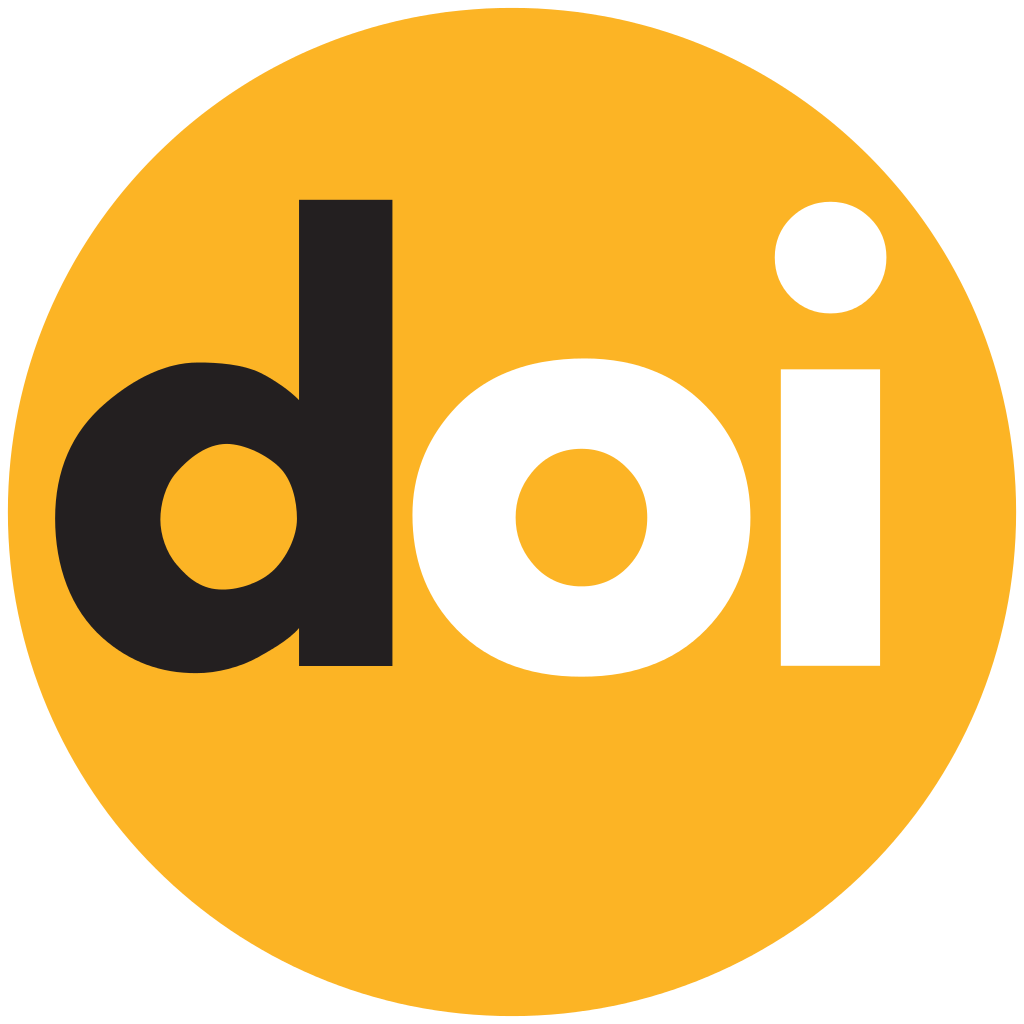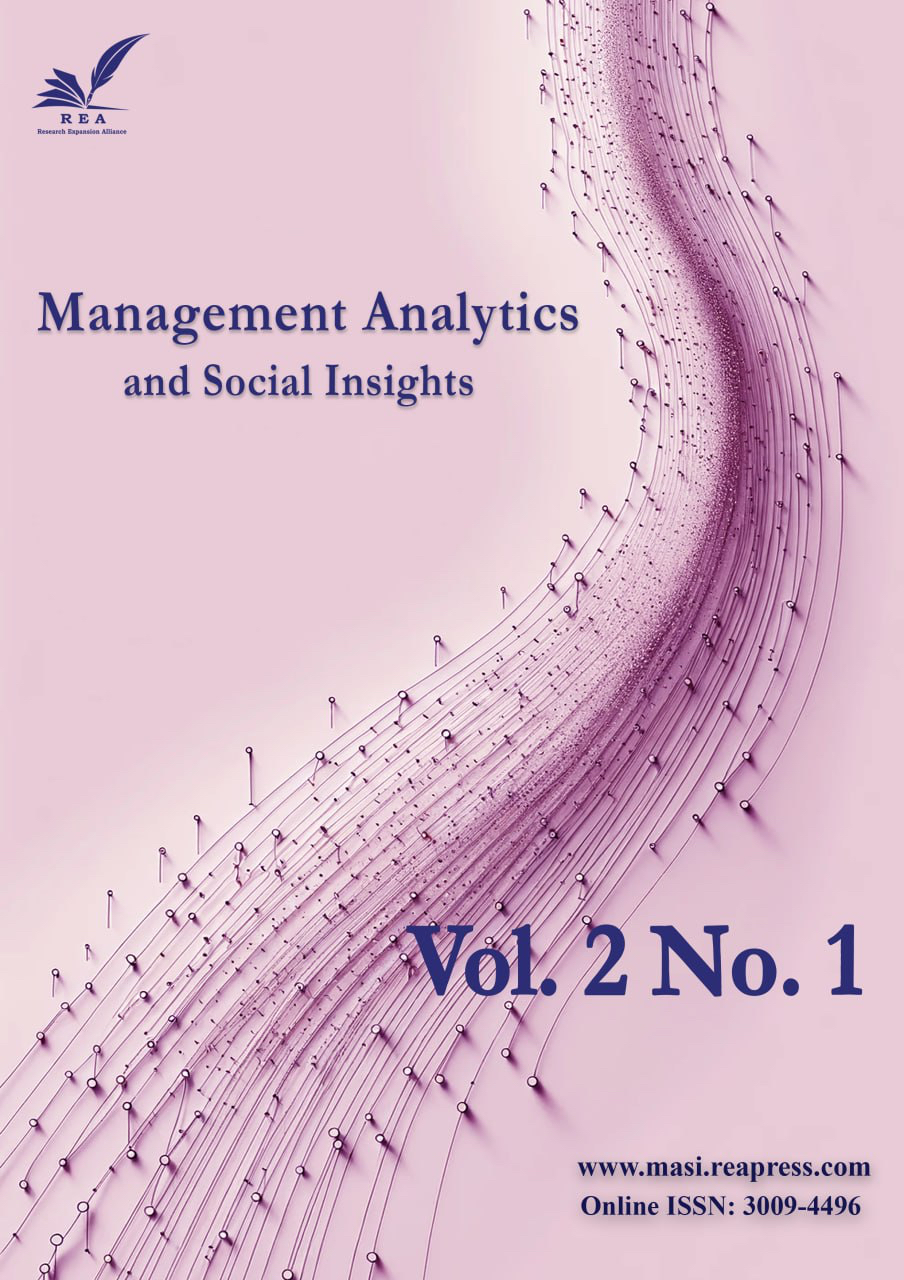An Examination of the Factors Influencing the Choice of Route Selection by Intercity Bus Operators in Lagos, Nigeria
Abstract
The most preferred and highly patronized form of public transportation for regional trips in Nigeria is the intercity bus service. The Origin-Destination (O-D) market operators can serve numerous markets, just as many operators are in the segment. Many O-Ds are served more than others. This study examined the significant factors influencing choice-making by carriers in the selection of O-D markets to serve the movement of passengers away from Lagos to cities in other regions. The study selected five major carriers (operators) based on traffic volume and outputs. They are ABC, GIGM, Chisco, PMT, and YSG Transport, with a total of fifty-five terminals across Lagos State. The terminal operators have the permission of their respective firms to determine which O-Ds to serve. For data gathering, 55 questionnaires were administered to each terminal to solicit answers to questions that would reveal the significant factors in route selection. The factors are demand, fare along routes, political and ethnic affiliation, distance between origin and destination, accruable revenue, monopolistic power, average fuel consumed along routes, labor size required per route, assurance of return passengers or traffic, level of security along the route O-Ds, cost of offering the service, and fuel supply situations for the O-Ds, which serve as the independent variables while the selected routes for the dispatched buses are the dependent variables. Multiple regression analysis was adopted for the study. The outcome of the analysis revealed that choice of route selection by intercity bus operators was influenced by passenger trip demand with a p-value of 0.002182; fare charged (p-value of 0.009264); and political and ethnic affiliation (p-value of 0.027598) in order of significance.
Keywords:
Public transport, Route selection, Choice factors, Bus operators, IntercityReferences
- [1] Aderamo, A. I. (2010). Transport in Nigeria: the case of Kwara State. African economic and business review., 8(1), 19–40.
- [2] Morton, C., Caulfield, B., & Anable, J. (2016). Customer perceptions of quality of service in public transport: Evidence for bus transit in Scotland. Case studies on transport policy, 4(3), 199–207. https://doi.org/10.1016/j.cstp.2016.03.002
- [3] Boujelbene, Y., & Derbel, A. (2015). The performance analysis of public transport operators in Tunisia using AHP method. Procedia computer science, 73, 498–508. https://doi.org/10.1016/j.procs.2015.12.039
- [4] Al-Sahili, K. A., & Sadeq, A. H. (2003). Ridership demand analysis for palestinian intercity public transport. Journal of public transportation, 6(2), 19–35. https://doi.org/10.5038/2375-0901.6.2.2
- [5] Borlo, P. B. L., Ibe, C. C., & Emenike, G. C. (2021). Determinants of choice of intercity bus in south-south, Nigeria. World journal innovation research, 10(5), 47–56. https://www.wjir.org/download_data/WJIR1005026.pdf
- [6] Tirachini, A. (2013). Estimation of travel time and the benefits of upgrading the fare payment technology in urban bus services. Transportation research part c: emerging technologies, 30, 239–256. https://doi.org/10.1016/j.trc.2011.11.007
- [7] Sadrani, M., Tirachini, A., & Antoniou, C. (2022). Optimization of service frequency and vehicle size for automated bus systems with crowding externalities and travel time stochasticity. Transportation research part c: emerging technologies, 143, 103793. https://doi.org/10.1016/j.trc.2022.103793
- [8] Ali, N., Nakayama, S., & Yamaguchi, H. (2021). Analysis of bus fare structure to observe modal shift, operator profit, and land-use choices through combined unified transport model. Sustainability, 14(1), 139. https://doi.org/10.3390/su14010139
- [9] Bale Dennis, L. T., Barida, B., Roselyn, D., & Kingsley, I. (2019). Decision support system for route optimization using agent-Based software engineering approach. International journal of multidisciplinary research and development, 6(11), 172–178. https://www.academia.edu/download/67963824/DecisionSupportJournalPaper.pdf
- [10] Yan, S., & Tang, C.-H. (2008). An integrated framework for intercity bus scheduling under stochastic bus travel times. Transportation science, 42(3), 318–335. https://doi.org/10.1287/trsc.1070.0216
- [11] Wu, Y., Poon, M., Yuan, Z., & Xiao, Q. (2022). Time-dependent customized bus routing problem of large transport terminals considering the impact of late passengers. Transportation research part c: emerging technologies, 143, 103859. https://doi.org/10.1016/j.trc.2022.103859
- [12] Kolawole, O. T., Regina, A.-S., William, A., Amenumey, A. E., & Abane, A. M. (2014). Factors influencing modal choice of intercity bus service transport on Accra-Takoradi route, Ghana. International journal of physical and social sciences, 4(10), 149–169. https://www.indianjournals.com/ijor.aspx?target=ijor:ijpss&volume=4&issue=10&article=012
- [13] Taiwo, I. O. (1989). Determinants of federal government expenditure in Nigeria. Social and economic studies, 38(3), 205–222. https://www.jstor.org/stable/27864894%0A
- [14] Adeniran, A. O., Asifat, J. T., Familusi, O. B., & Folorunso, S. S. (2024). Critical analysis of research methods and misperceptions of statistical analysis. International journal of innovation in management, economics and social sciences, 4(3), 29–50. https://ijimes.ir/index.php/ijimes/article/view/146


